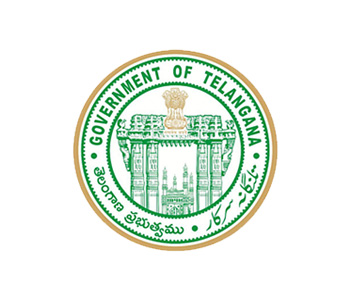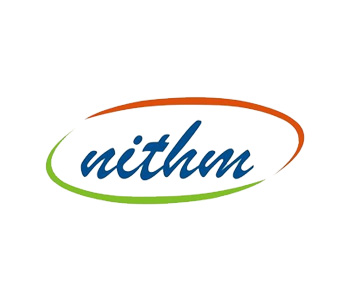SUSTAINABILITY OF STUDENT’S ACADEMIC FOREFRONT; THE POST PANDEMIC EFFECTS – A HOSPITALITY CASE STUDY
Michelle J. FrancisAakansha Rajora
ABSTRACT
The COVID-19 pandemic affected educational systems across the world, causing major disconnect to the regular structured academic teaching styles for both student and teachers. When the World Health Organization declared COVID-19 to be a pandemic on 11 March 2020, few could have foreseen the catastrophic effects the virus would have on the education of the world’s children. Globally, the education of almost 77 million children and young people was interrupted. As per UNICEF reports, 23 countries that implemented nationwide closures; 40 had local closures, impacting about 47 percent of the world's student population. Nearly 147 million children missed more than half of their in-person schooling between 2020 and 2022. As of 12 January 2021, approximately 825 million learners were affected due to educational institutions and universities closures in response to the pandemic.
The online classes could not really justify the theory and practical teaching, students lost out totally on hands-on trainings, in the subjects that demand more practical learning. The virtual modes used could not justify or compensate; the student’s actual learning. Students were disconnected and lacked enthusiasm; that resulted to learning poverty – causing concerns on the student’s insufficient skill sets for especially the job seekers in the service industry. This case study intends to bring out the post pandemic effects on the student’s set-backs in academic practical learning; and how best they could be successfully rectified to benefit students.
Key Words: Academic learning; Disconnect; Practical Learning; Learning Poverty
AFFLIATIONS / CERTIFICATIONS
Testimonials
Address
National Institute of Tourism & Hospitality Management, Telecom Nagar, Gachibowli, Hyderabad – 500032, Telangana Government, IndiaCall Us
Landline: 040-23000472 / 473Whatsapp No: +91 95537 00035
Mail: director@nithm.ac.in
Working Hours
Monday – Saturday : 09:00 – 17:00Sunday : Closed
















